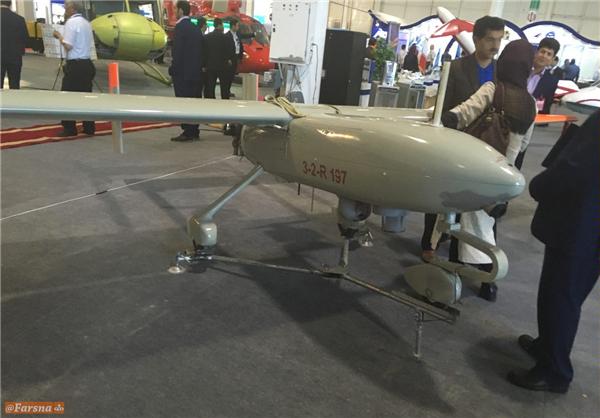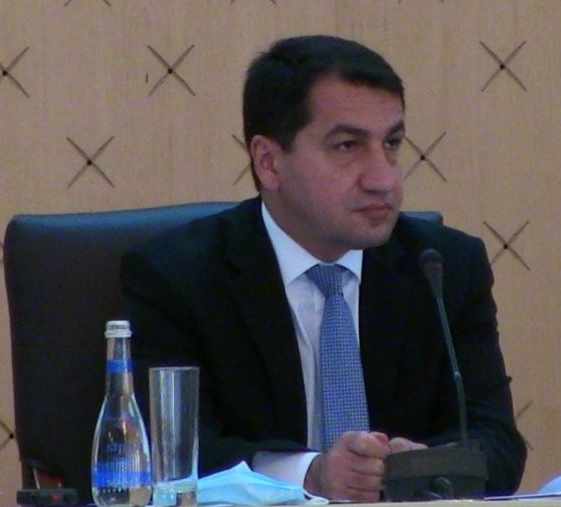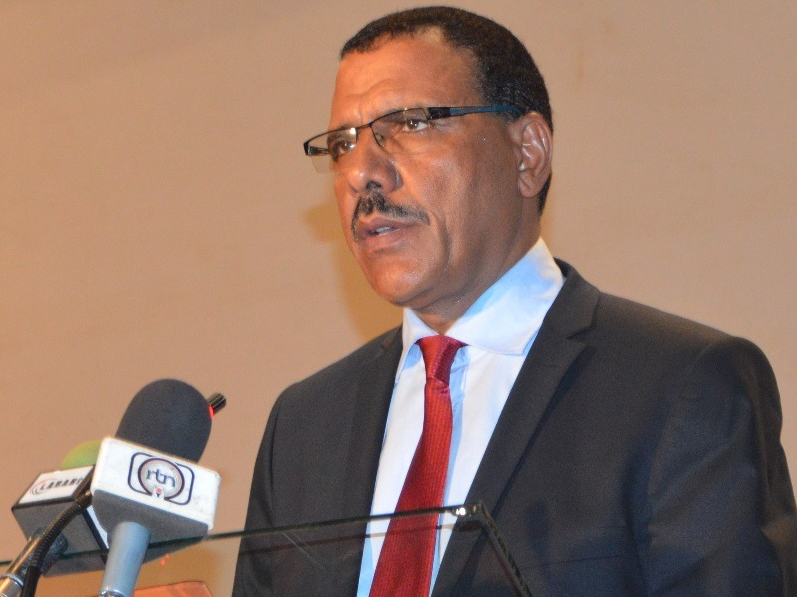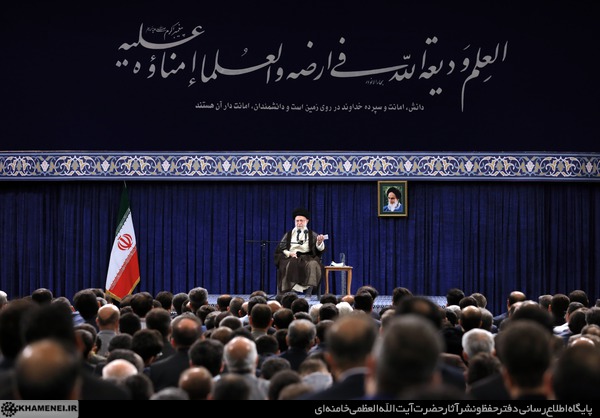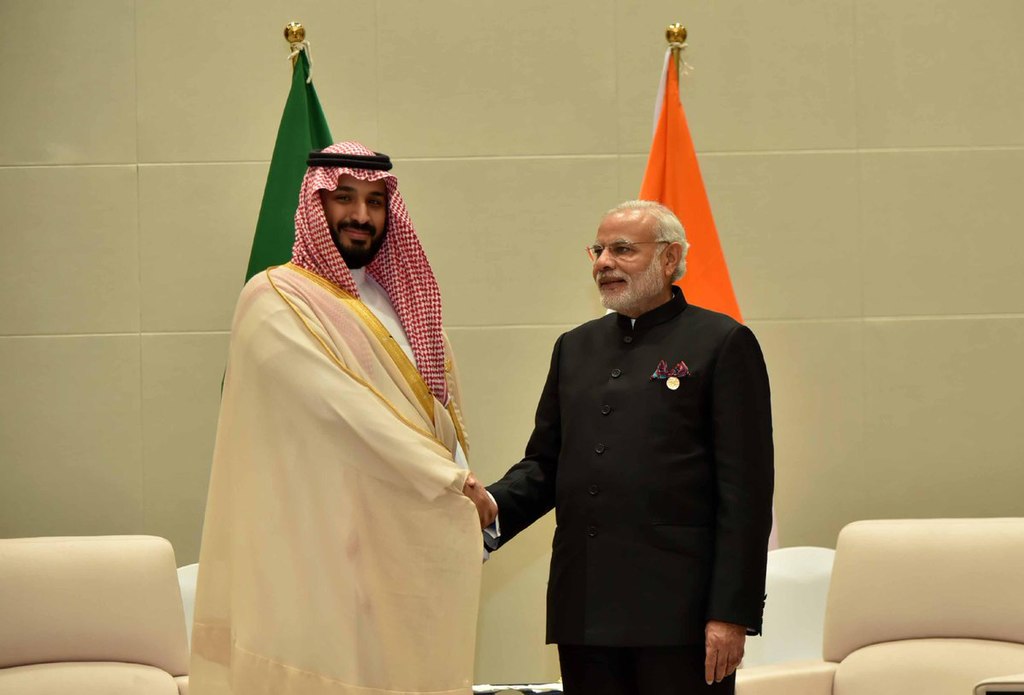
Forces Armées Nigeriennes (Niger Armed Forces) personnel complete a training course in February 2020. Following the coup d’état in July 2023, the Nigerien military junta has seen a wave of international departures from the country.
“The regime in Niger…ordered the UN coordinator…to leave it within three days, denouncing in particular the ” obstructions” of the United Nations to its international recognition.”
The military junta that took over Niger in July 2023 is consolidating its power, kicking out numerous international entities, and severing relationships with others. As the first article from the pan-African news aggregator AfricaNews.fr relays, after several contentious months, French troops are leaving Niger via Chad. Soon after the military takeover by General Tiani, Niger began to annul security cooperation agreements with France, which to that point, had relied on Niger as its most reliable ally after being ousted from other African states. When Paris was slow to initiate the request to move its 1,500 soldiers out of the country, the Nigerien government accused France, and other West African states, of colluding to launch an armed intervention to reinstall the ousted president, Mohamed Bazoum.[i] Anti-French sentiment, especially as regards Paris’ role in military and security affairs, has been a marker of the political ethos in West Africa for several years.[ii]
France is not the only entity to be ousted. As per the second article, also from AfricaNews.fr, in mid-October the military junta in Niger demanded the departure of the UN’s country coordinator and its highest-ranking member in the country, Canadian Louise Aubin. The junta decried the “obstructions” that the United Nations had placed on it being an internationally recognized government. Niger’s anti-UN stance is in line with its new ally Mali, which recently demanded the end of the UN Multidimensional Integrated Stabilization Mission in Mali (MINUSMA) mission in Mali. The article noted that the absence of a UN coordinator will worsen humanitarian conditions in Mali where an estimated 4.3 million people are in need of humanitarian aid. In addition to the physical departure of French troops and the UN coordinator, other entities in Niger are leaving of their own volition. In October, the United States formally declared the transition of power to be a coup and suspended more than $300 million in aid. Algeria, which has been leading the mediation efforts between the junta and the deposed president, also asserted in mid-October that it would suspend its efforts. In an official statement, Algeria noted that the decision came as “official and public declarations from Nigerien authorities have raised legitimate questions as to their real willingness to follow up on their acceptance of Algerian mediation.” The Prime Minister of the new government in Niger has called the attempts by Algeria “manipulation.”[iii]
Sources:
“Niger: départ des forces françaises en direction du Tchad (Niger: departure of French forces towards Chad),” AfricaNews.fr (pan-African new aggregator), 11 October 2023. https://fr.africanews.com/2023/10/11/niger-depart-des-forces-francaises-en-direction-du-tchad/
French soldiers left their bases in Niger on Tuesday in a first land convoy under local escort, heading “in the direction of Chad” indicated the military regime in power in Niamey since the end of July.
“The troops based in Ouallam (west) left their base today. These are operations for the departure of the first land convoy towards Chad under escort of our Defense and Security Forces,” specifies the regime of Niamey, in a press release read Tuesday evening on national television.
In addition to this departure by land, “three special flights” were recorded at Niamey airport , two for the departure of “97 special forces elements” and one “dedicated to logistics.”
The regime which had assured that it wanted this withdrawal to take place “in complete safety” specified that the disengagement will continue in accordance with “the timetable agreed by both parties.”
The withdrawal of the French was quickly demanded by the Nigerien generals after their arrival in power and French President Emmanuel Macron announced their departure at the end of September.
“Niger: l’ONU “regrette” l’ordre d’expulsion de sa représentante (Niger: the UN “regrets” the order to expel its representative),” AfricaNews.fr (pan-African new aggregator), 12 October 2023. https://www.africanews.com/2023/10/12/niger-the-un-regrets-the-order-to-expel-its-representative/
United Nations Secretary General Antonio Guterres “deeply regrets” the order to expel the UN coordinator in Niger given by the military regime, which will “hinder” humanitarian operations, his spokesperson said on Wednesday.
This expulsion of Louise Aubin, requested within 72 hours by the regime resulting from a coup d’état in July, “will hinder the ability of the UN to fulfill its mandate and disrupt essential work” in Niger where “4.3 million people need humanitarian aid, mainly women and children,” insisted Stéphane Dujarric, adding that this order was contrary to international rules applicable to United Nations representatives.
The regime in Niger on Wednesday ordered the UN coordinator in this country, Canadian Louise Aubin, to leave it within three days, denouncing in particular the ” obstructions” of the United Nations to its international recognition. He had previously denounced the “perfidious actions” of Secretary General Antonio Guterres for, according to him, hindering the participation of the representative of Niger in this event and “undermining any effort to end the crisis.”
“Crise au Niger: l’Algérie suspend sa mediation (Crisis in Niger: Algeria suspends its mediation),” AfricaNews.fr (pan-African new aggregator), 10 October 2023. https://fr.africanews.com/2023/10/10/crise-au-niger-lalgerie-suspend-sa-mediation/
Algeria announced on Monday that it was “suspending” its mediation intended to put an end to the crisis that has shaken Niger since the takeover by the military…
But the exchanges between the two chancelleries on “the program and content of this visit” were not “conclusive”, added the press release.
Algeria also deplores that “official and public declarations from Nigerien authorities have raised legitimate questions as to their real willingness to follow up on their acceptance of Algerian mediation.”The Prime Minister of Niger, Ali Mahaman Lamine Zeine, declared that he had learned of the acceptance of this mediation on social networks, half-heartedly accusing Algeria of “manipulation.”
Notes:
[i] See: Jason Warner, “West African States Split On Potential Intervention In Niger,” OE Watch 08-2023. https://fmso.tradoc.army.mil/2023/west-african-states-split-on-potential-intervention-in-niger/
[ii] See: Jason Warner, “Anti-French Sentiment Undergirds Overthrow Of Nigerien Government,” OE Watch 08-2023. https://fmso.tradoc.army.mil/2023/anti-french-sentiment-undergirds-overthrow-of-nigerien-government/; Jason Warner, “French Researchers Respond To Wave Of Anti-French Sentiment In Africa,” OE Watch 07-2023. https://fmso.tradoc.army.mil/2023/french-researchers-respond-to-wave-of-anti-french-sentiment-in-africa/; Jason Warner, “CAR Joins Mali In Accusing France Of Funding Terrorists,” OE Watch, 04-2023. https://fmso.tradoc.army.mil/2023/car-joins-mali-in-accusing-france-of-funding-terrorists/
[iii] “Algeria ‘postpones’ its mediation in Niger”, AfricaNews.com, 10 October 2023. https://www.africanews.com/2023/10/10/algeria-postpones-its-mediation-in-niger//
Image Information:
Image: Forces Armées Nigeriennes (Niger Armed Forces) personnel complete a training course in February 2020. Following the coup d’état in July 2023, the Nigerien military junta has seen a wave of international departures from the country.
Source: https://nara.getarchive.net/media/forces-armees-nigeriennes-niger-armed-forces-personnel-65f554
Attribution: Public Domain Dedication.



